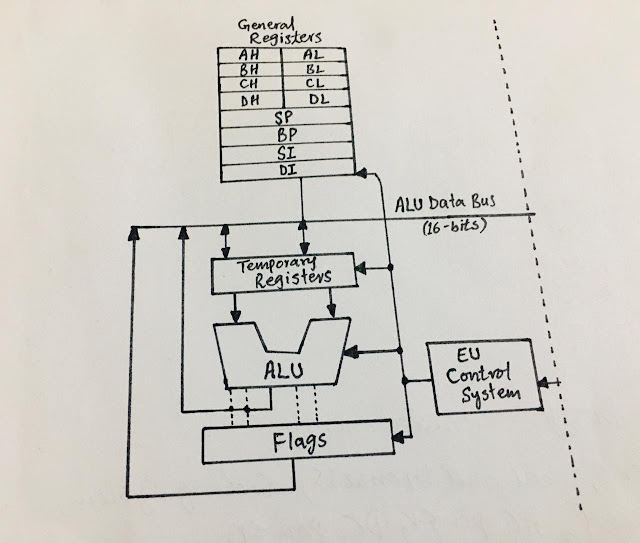What is Embedded system, | its applications, languages and purpose of designing ?
What are Embedded System, applications, and their main components?
Introduction:
An Embedded system is actually an integrated system combined with
hardware and software, where the software is also named Firmware. The firmware
is responsible for providing low-level control for the specific hardware of any
device. The Firmware is allocated in the device’s non-volatile memory like ROM,
EPROM, EEPROM, and Flash memories.
The main components of an embedded system are:
·
Processor
·
Memory (stores the data in SD cards, EEPROM,
Non-volatile RAM, Volatile RAM, DRAM)
·
Microcontroller (build applications with
precise calculation)
·
Input devices (sensors, switches, and keys, etc.)
·
Output devices ( LCD, touch screen, LED,
motors, segment displays, buzzer, and relays)
·
Bus Controllers (communication devices which
transfer data between the components)
·
The hardware abstraction layer
·
The ASIC (Application Specific Integrated
Circuit uses a particular application consumes less power)
·
The DSP (digital signal process optimized for
the operations of digital signals processing)
·
The HAL (hardware abstraction layer,
fundamental resource of embedded device).
 |
| Smart home. |
How does an embedded device work?
First of all the device gets the digital or analog input from
the sensors or users. Then it further processes the given input. The processing
may be calculation or conversion. In this process, you can convert analog value
to digital and control it using output devices.
All the processing system goes under the steps of:
Understand the requirements, Examine, design, develop, test, deploy,
and then support and upgrade.
The embedded system is more advantageous because it is:
Real-time and reactive, it covers a wide variety of
environment, less likely to encore errors, it has simplified hardware, enhanced
performance, highly reliable, small size and consume low power.
There are three major assembly languages used in the embedded system they are:
1. Embedded C Language
2. Embedded C++ Language
3. Micro Python Language.
 |
| Printed Circuit Boards. |
Purpose of designing Embedded System:
An embedded system was designed for a particular purpose. Like
a washing machine can only wash and can’t cook. Specific embedded systems are
made to react instantly to an event takes place in the surrounding. Like an air
conditioner adjusts its mechanical components when it receives a signal from
the sensors to reduce or increase the temperature when you use a remote to
function and control it.
Sensors are utilized in all the embedded systems to get
inputs and actuate the actuators to bring out essential performance. There are
hundreds of devices present in our surroundings that are run by an embedded system. Some of the active and best examples are:
Applications:
The smartphones, medical equipment devices (blood pressure
monitors, pacemakers, portable ventilators, surgery scanners, and heartbeat monitors0),
smart home devices (phones, cameras, washing machines, air conditioners, microwave
oven, air cooler, refrigerator, television), music player, ATM, vending
machines, data logger, smartwatches, and security alarms, etc.,
These applications of embedded system use the operating
systems like Embedded Linux, and Windows CE to run.
Certain embedded systems are made to operate according to the
environment it surrounds. Where the temperature would be the main factor to run
the embedded system accordingly.
Nowadays, the automotive industry uses various embedded
systems in modern automobiles. For example the Anti-lock Braking system
(ABS), Air conditioning control, Airbag control, Rain sensing wipers, and many
other electronic control units are various types of embedded systems programming
in automobiles controlled to their own dashboards. And the embedded system
in the automotive industry has played a major role in increasing machine
productivity, reducing development costs, and design time.
Secondly, aerospace and defense are the most important
area of utilizing the embedded systems. Like in flight control, actuation, air, and thermal management, embedded imaging, engine power, navigation system, and
vehicle turbochargers are all based on the embedded system.


Comments
Post a Comment
if you have any doubt, please let me know.